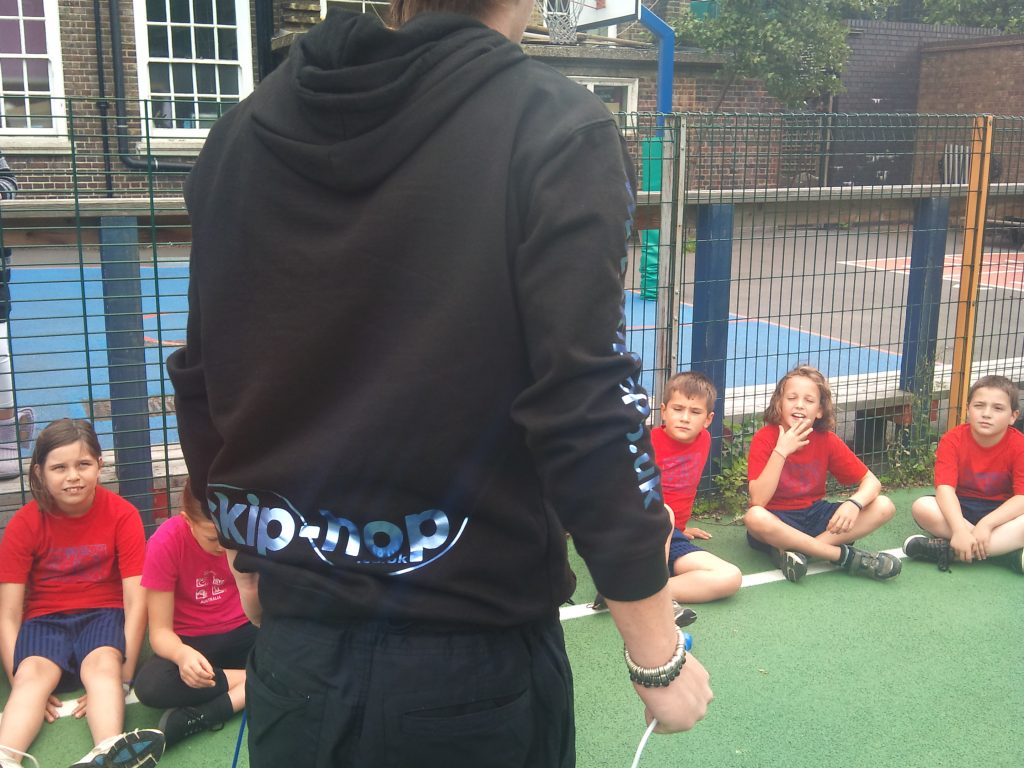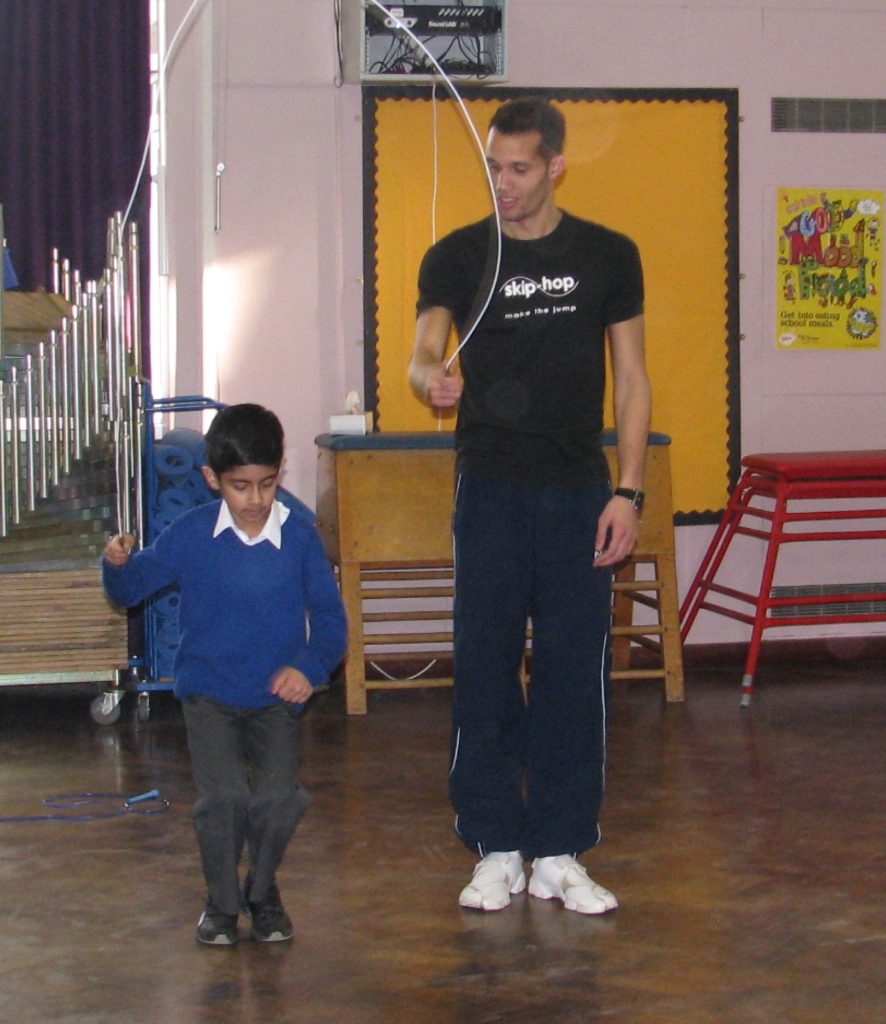[vc_row type=”in_container” full_screen_row_position=”middle” column_margin=”default” column_direction=”default” column_direction_tablet=”default” column_direction_phone=”default” scene_position=”center” text_color=”dark” text_align=”left” row_border_radius=”none” row_border_radius_applies=”bg” overlay_strength=”0.3″ gradient_direction=”left_to_right” shape_divider_position=”bottom” bg_image_animation=”none”][vc_column column_padding=”no-extra-padding” column_padding_tablet=”inherit” column_padding_phone=”inherit” column_padding_position=”all” background_color_opacity=”1″ background_hover_color_opacity=”1″ column_shadow=”none” column_border_radius=”none” column_link_target=”_self” gradient_direction=”left_to_right” overlay_strength=”0.3″ width=”1/1″ tablet_width_inherit=”default” tablet_text_alignment=”default” phone_text_alignment=”default” column_border_width=”none” column_border_style=”solid” bg_image_animation=”none”][vc_column_text]Having worked in primary schools throughout nearly every area in the United Kingdom, I have a clear picture in my minds-eye of the typical, modern, lunchtime playground. The initial and most typical image is of boys thundering up and down the length of the yard as they chase a football (or anything remotely rounded which they can kick). The young boys imitate their heroes from last weekend’s game with their words more than their actions. One boy ‘appears’ to be in agony, rolls around the floor and clutches his shin whilst others protest of wrong doing. Shouts of a ‘foul’ or ‘handball’ quickly followed by disconsolate and disbelieving gestures; hands on heads, dismissive waves of arms and bad language. The girls often show a little more versatility, as some of them seem to take their hand to most anything available. Hula-hoops, bean bags, basketballs are all made use of, maybe even the odd skipping rope. Other boys and girls who, for whatever reason, choose to distance themselves from the ‘sport’ of football or other physical activities, make do with the peripheries of the playground; busying themselves with matchbox-like cars, figurines or indulging in conversations with one and other in their small groups.

This of course is a generalisation, a picture I form based on the majority of schools that I have worked in. There are indeed schools that break the mould and are incredibly varied where ‘playground activity’ is concerned, and these schools often prove to be exceptional in many other areas of learning.
However, the negative effect of what occurs week-in-week-out on the generalised school playground is plain to see, now more than ever. The boys who have spent decades chasing footballs up and down school yards all soon grow up and, the extremely lucky few, have (for the last 50 years) been found wanting when it comes to pitting their skills against the other nations of the world. Too often, the only result garnered from the years of ‘football’ rehearsed on the playground is a built-in ‘British football fan mentality’ that encompasses all the sporting virtues which are shamelessly put on display in stadium terraces throughout the UK every week.
Those who chose to stay away from the playground activities because they may have felt too slow, un-coordinated or overweight to partake at an acceptable level often never grow to appreciate sport or physical activity in their lives. Others who grow to enjoy ‘sport’, often only do so in the role of a spectator who observes from the sofa or, worse, every weekend at the local pub whilst guzzling down alcohol. And we as a nation then wonder why we have a huge problem with obesity amongst both children and adults!
So what can change a playground and the future for these children in regards to their physical activity and health awareness? As a schools skip-hop instructor, it is always a welcome change of scenery when I return to a school that I have previously visited and find that they have broken away from the generalised playground and its negative effects. Every school that has been visited by skip-hop has the opportunity to enjoy a continuing legacy that will keep their playgrounds full of varied activities that can be enjoyed by every child, no matter their size, strength, ability or level of confidence.
It is great to see those boys, who would normally be mindlessly chasing football’s, take the time to work on their core athletic ability and practice some of the skills they have been shown with a speed rope. As they have fun with their skipping, working on their balance, rhythm, timing and co-ordination, I am certain that they will grow to be better all-round athletes and in turn, better footballers. Similarly it is also brilliant to see those girls, who took to various activities during lunchtimes, have many more games and skills to work on both by themselves and together. As they put into practice some of the partner-skipping skills and long rope games that they learned during their skip-hop workshops, the aspects of team work and effective communication that are on display are sure to be key tools as they grow through education.

However, what gives me the most satisfaction is seeing or hearing about a boy or girl, who once chose to distance themselves from physical activity for whatever reason, who is now taking up a skipping rope during playtimes and slowly progressing with their skipping. In addition to the improvements in their athletic ability, what really is amazing about these children is the discovery of self-confidence. Knowing that they can struggle with something but get better, especially something physical, will give them such a boost when growing up through education and in general life.
As a school skip-hop coach I therefore feel that, for many reasons, skipping should be an activity made available to all children at lunchtimes and during play. It is important that the ‘general’ picture of the lunchtime playground and the way in which children play is changed. Not only to improve their athletic ability or to simply give them a new approach to physical activity, but mainly help to instill the confidence and self-belief that all children deserve to have.
[/vc_column_text][/vc_column][/vc_row][vc_row type=”full_width_content” full_screen_row_position=”middle” column_margin=”default” column_direction=”default” column_direction_tablet=”default” column_direction_phone=”default” scene_position=”center” text_color=”dark” text_align=”left” row_border_radius=”none” row_border_radius_applies=”bg” overlay_strength=”0.3″ gradient_direction=”left_to_right” shape_divider_position=”bottom” bg_image_animation=”none” shape_type=””][vc_column column_padding=”no-extra-padding” column_padding_tablet=”inherit” column_padding_phone=”inherit” column_padding_position=”all” background_color_opacity=”1″ background_hover_color_opacity=”1″ column_shadow=”none” column_border_radius=”none” column_link_target=”_self” gradient_direction=”left_to_right” overlay_strength=”0.3″ width=”1/1″ tablet_width_inherit=”default” tablet_text_alignment=”default” phone_text_alignment=”default” column_border_width=”none” column_border_style=”solid” bg_image_animation=”none”][recent_posts style=”multiple_large_featured” large_featured_padding=”14%” mlf_navigation_location=”side” button_color=”Accent-Color” bg_overlay=”solid_color” category=”all” multiple_large_featured_num=”3″ order=”DESC” orderby=”date” auto_rotate=”8000″ image_loading=”default”][/vc_column][/vc_row]
